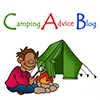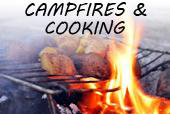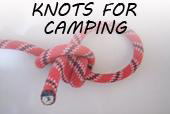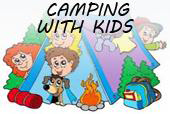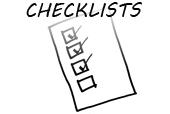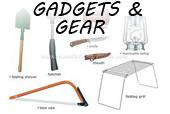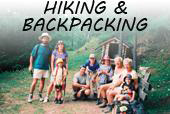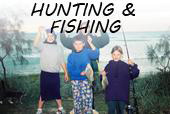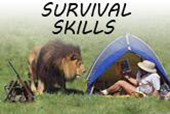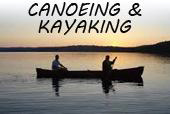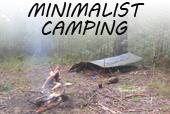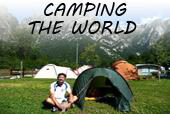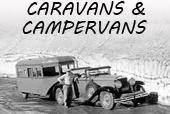A day hike may include distances of up to 30 kilometres, and ensuring you carry the right equipment is as important as careful planning and a full understanding of your proposed routes. With a little poetic licence to expand on the topic of essential gear by including some additional important considerations, a proposed checklist to help plan and equip for a day hike is:
Plan ahead by advising authorities if you plan on hiking in wilderness areas, national parks or forests. You need to advise them of your proposed route, number of people in your group (I strongly recommend you do not ever plan to hike with less than five in a group), departure and estimated arrival time. After doing this, you need to make sure someone else is aware of your plans so as to report in the event you are long overdue. Sometimes a speedy report has been the difference between life and death where search and rescue teams deployed fast enough to locate and evacuate injured hikers. Without someone reporting an overdue hiking party, nobody will start looking right away.
Prepare and plan your navigation. This may be as simple as obtaining a walking trail map from a local park manager or ranger station, or as detailed as a topographic map for which you plan to walk using compass bearings. Make some notes about obvious check points and features to ensure you can remain on the trail or on bearing at all times. Pack all this in a compact waterproof packet that you can fit into a deep pocket or accessible pocket on a carry pack.
Select an appropriate size day pack. Consider how far you are planning to hike, the kind of terrain and the possibility that something may go wrong. It is unnecessary to carry a full hiking pack with a tent and sleeping bag however it is unwise to have insufficient room to include basic survival items and some food. A great experience can be ruined by using an uncomfortable or inappropriate day pack.
Ensure you pack a first aid kit. Your kit will need as a minimum bandages, tweezers and scissors, tape, sunscreen, bandaids, at least one sling, saline solution (flush foreign objects from wounds or eyes), notebook and pencil. These last two items are important in the event of a snake bite where time of the incident and your record of treatment will assist medical authorities.
Select the right kind of foods. Dry food is great to reduce weight but you will need additional water. A mix of fruits, dried foods and light snacks will provide
